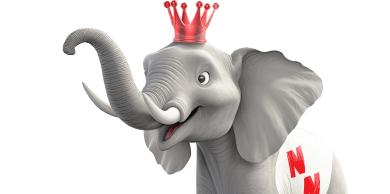Florida Cockroach Identification
Florida is unfortunately home to many different types of cockroaches, each of them with slightly different physical characteristics, behaviors, and threat levels. Below we have outlined 5 of the most common roaches found in Florida and detail how they are distinct from one another – and how they are similar.



